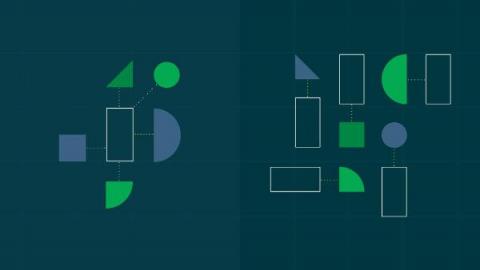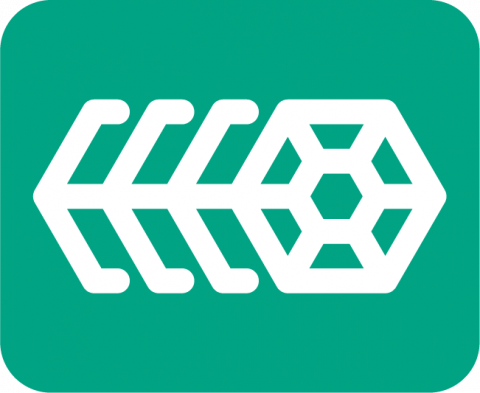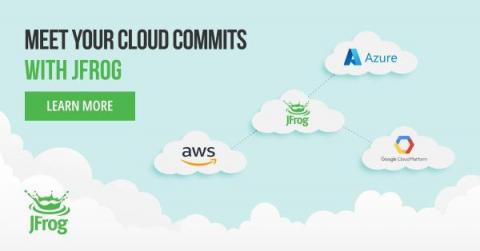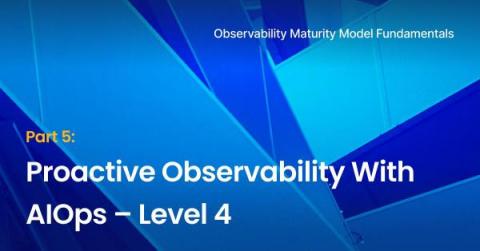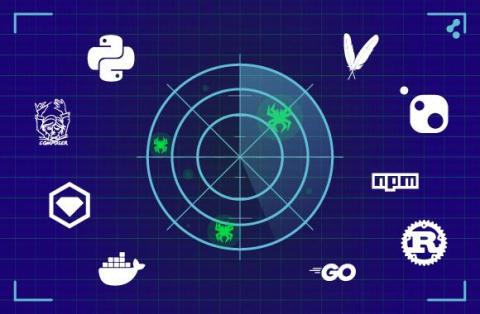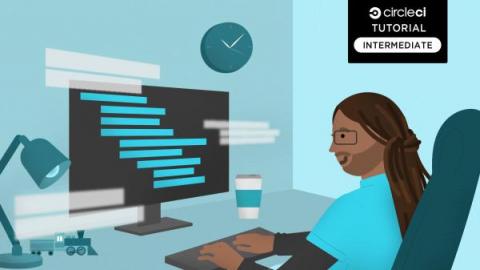Polyglot persistence vs multi-model databases for microservices
Microservice architecture is an application system design pattern in which an entire business application is composed of individual functional scoped services, which can scale on demand. Each team focuses on an individual service and builds it according to their skillset or language of choice. In addition to flexibility, this pattern provides: These features have made microservices architecture a popular choice for enterprises.


